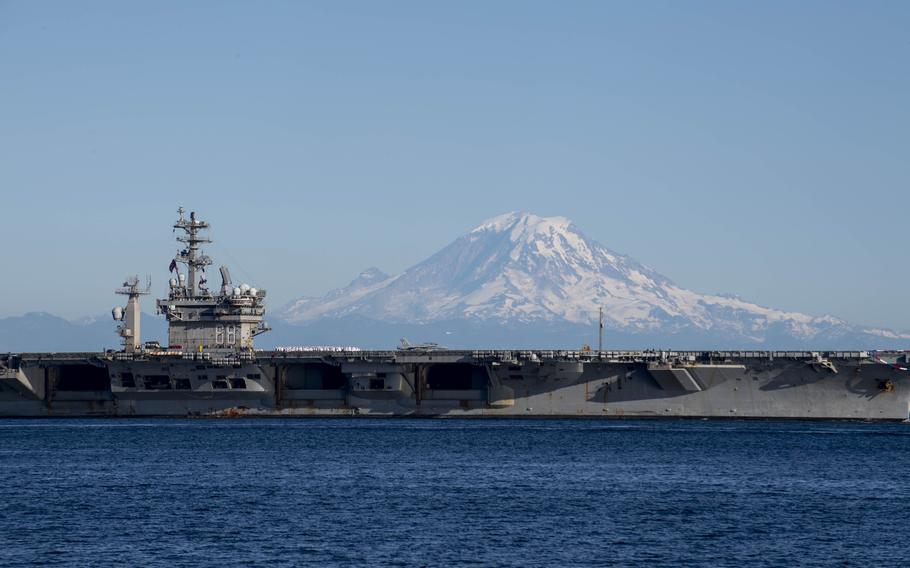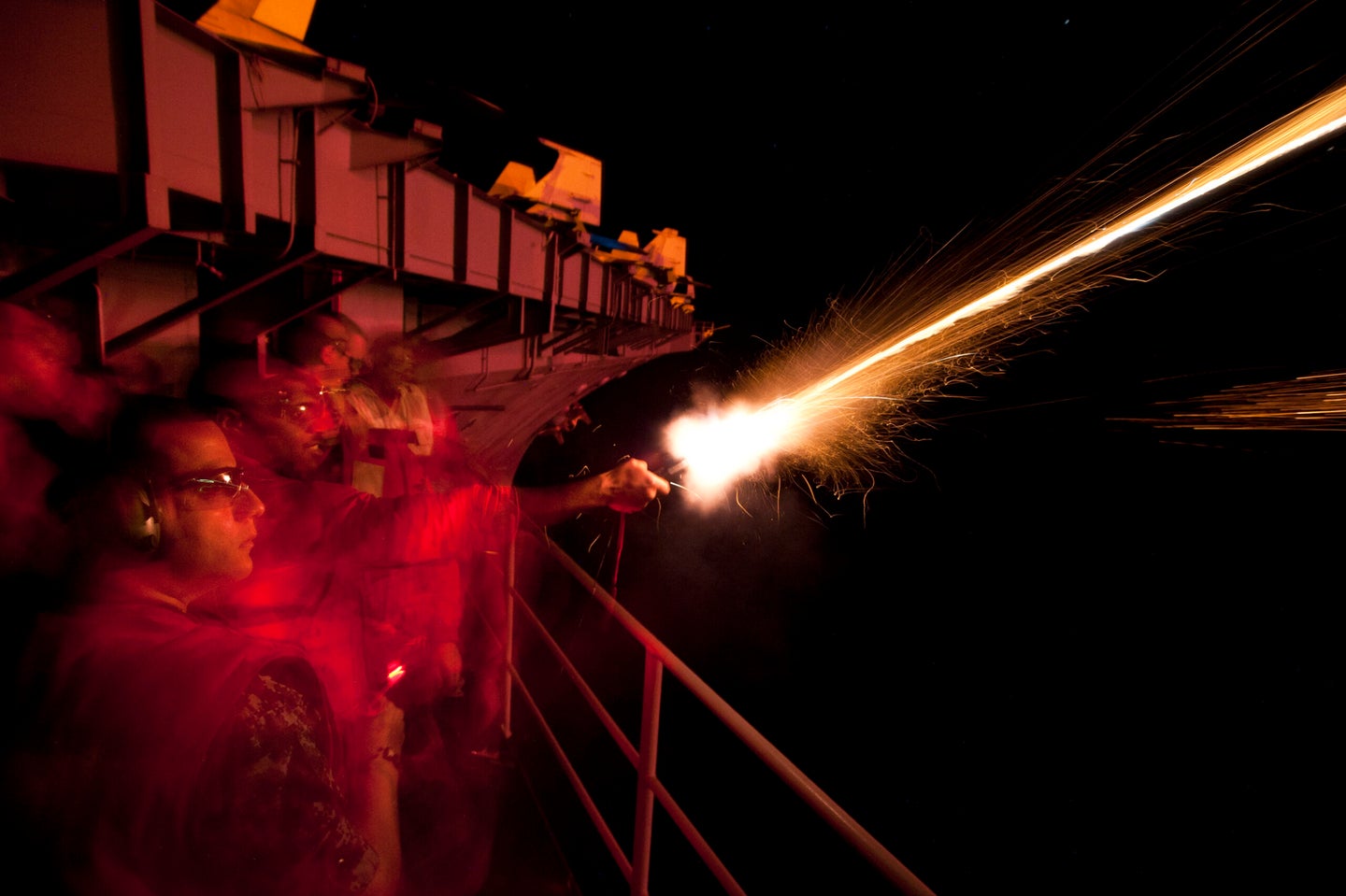Jean-Pierre Filiu
After nearly three months of Israel’s war on Gaza, one thing is beyond dispute: the long-isolated territory has returned to the center of the Israeli-Palestinian conflict. For much of the past two decades, as Israel imposed an air, sea, and land blockade on Gaza, international leaders and bodies seemed to assume that the dense enclave of 2.3 million Palestinians could be indefinitely excluded from the regional equation. Catching Israel and much of the wider world completely off guard, Hamas’s October 7 attack exposed the enormous flaws in that assumption. Indeed, the war has now reset the entire Palestinian question, putting Gaza and its people squarely at the center of any future Israeli-Palestinian negotiation.
But Gaza’s sudden new prominence should hardly come as a surprise. Although little of it is remembered today, the territory’s 4,000-year history makes clear that the last 16 years were an anomaly; the Gaza Strip has almost always played a pivotal part in the region’s political dynamics, as well as its age-old struggles over religion and military power. Since the British Mandate period in the early twentieth century, the territory has also been at the heart of Palestinian nationalism.
Therefore, any attempt at rebuilding Gaza after such a devastating war will be unlikely to succeed if it does not take account of the territory’s strategic position in the region. The demilitarization of this enclave can be achieved only by lifting the disastrous siege and putting forward a positive vision for its economic development. Rather than trying to cut off the territory or isolate it politically, international powers must work together to allow Gaza to reclaim its historic role as a flourishing oasis and a thriving crossroads, connecting the Mediterranean with North Africa and the Levant. The United States and its allies must recognize that Gaza will need to have a central part in any lasting solution to the Palestinian struggle.



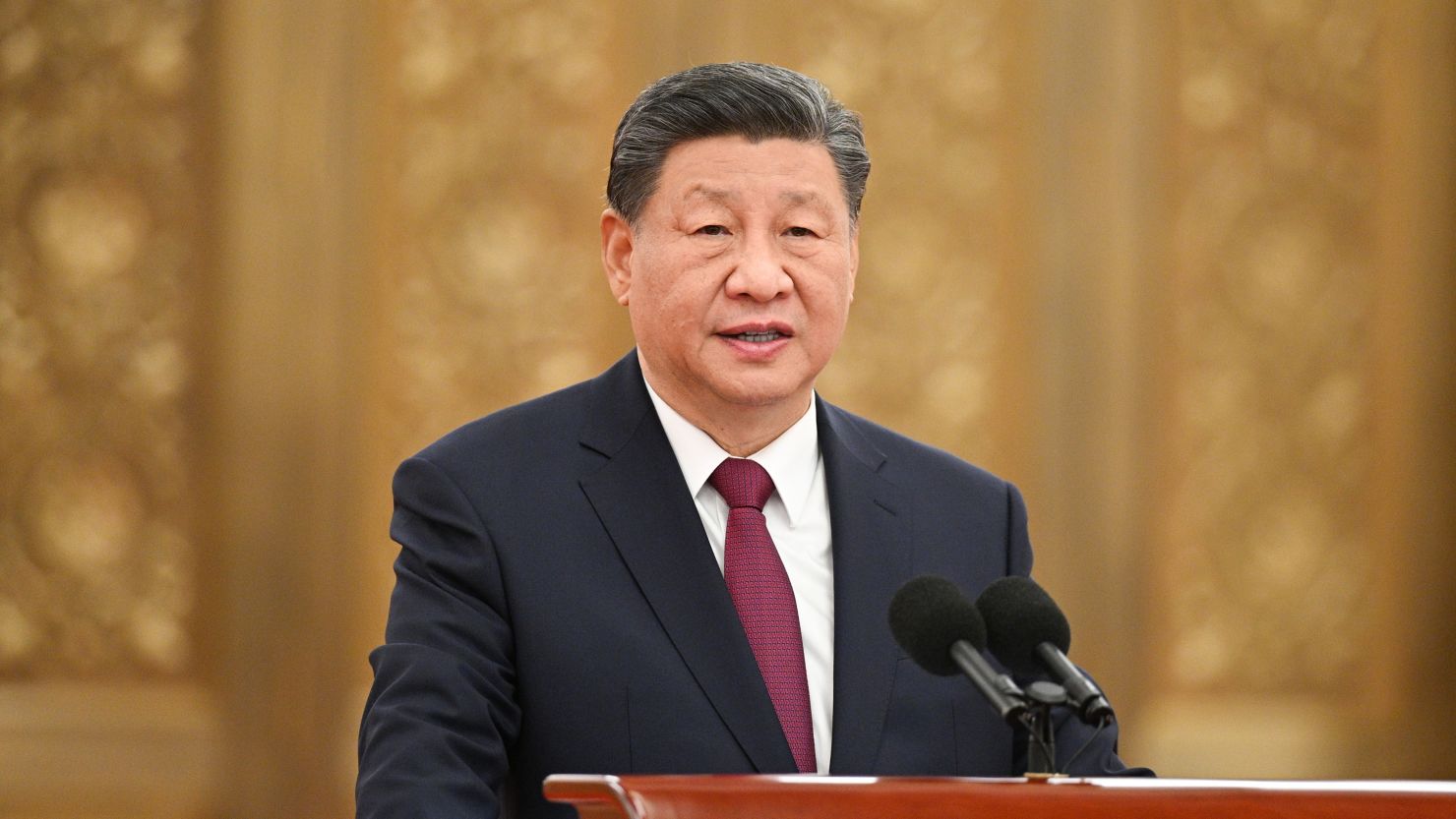

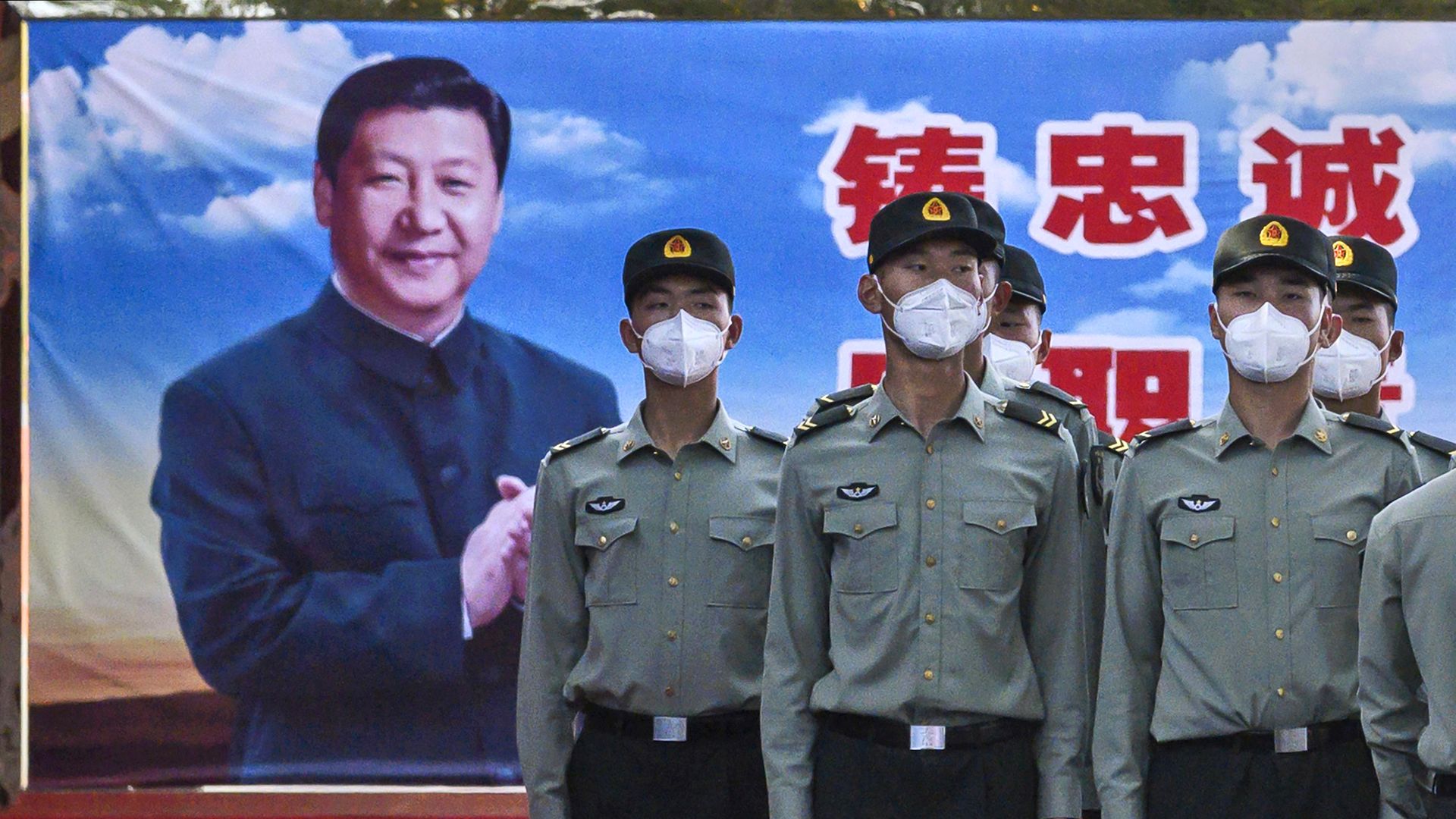



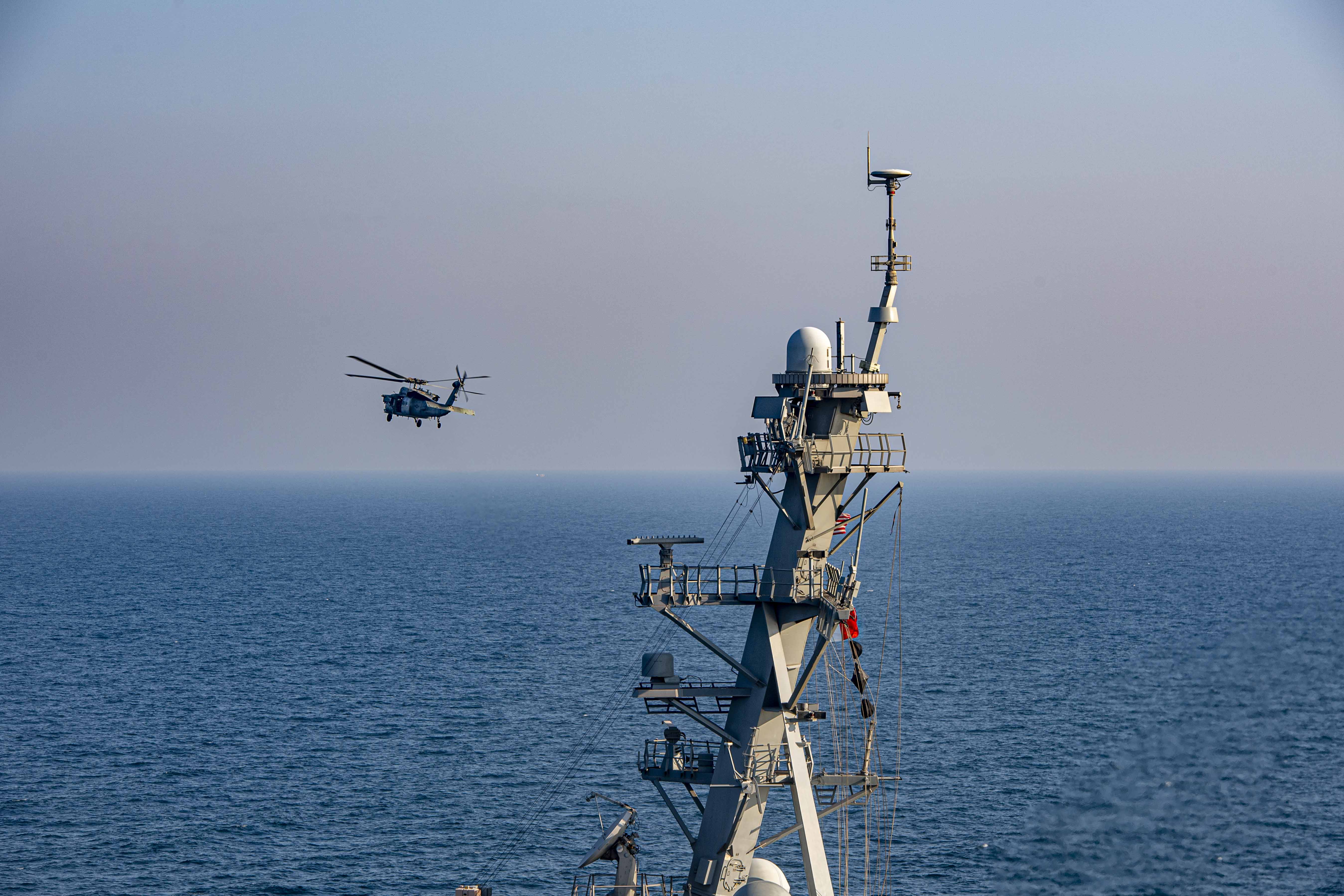



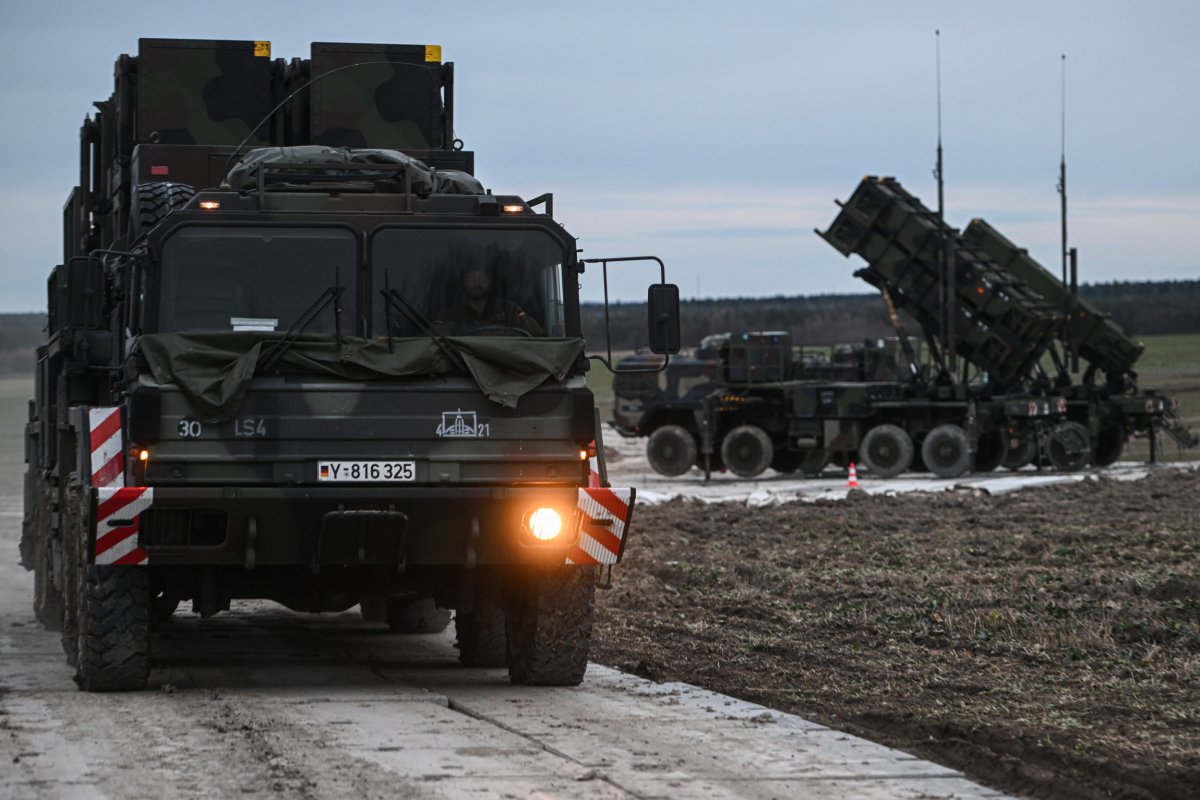
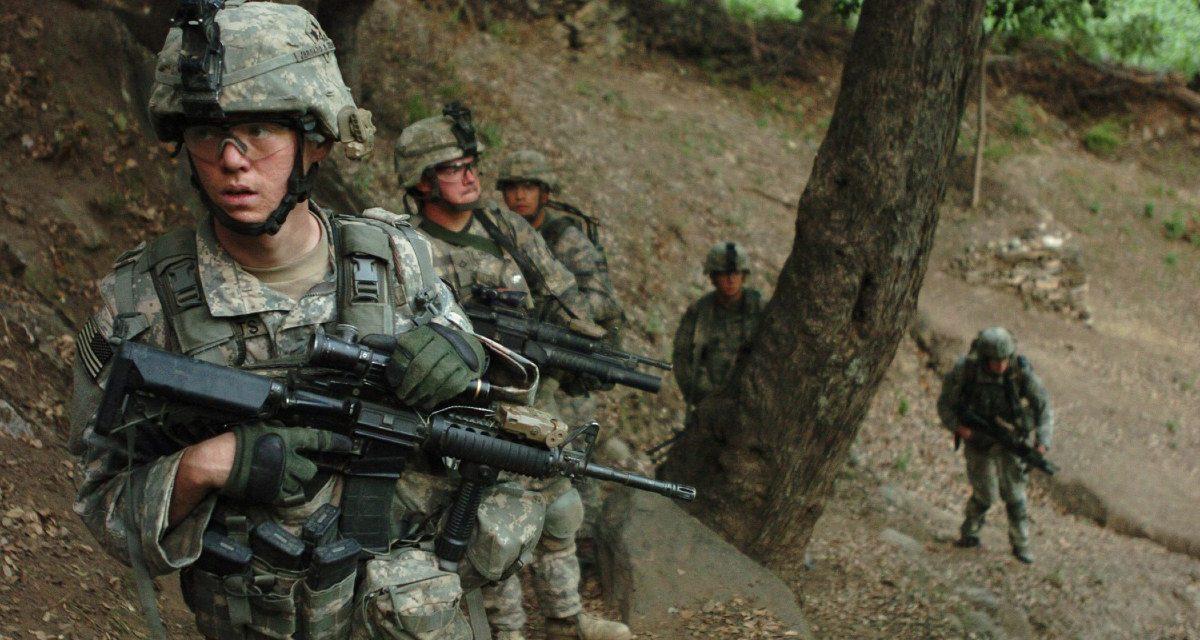

:quality(70)/cloudfront-us-east-1.images.arcpublishing.com/archetype/SNVXQMESBREDRLG7CJ2SJ2RI4A.jpeg)

